New Hyundai Creta vs Kia Seltos: Comparison
Where the Kia Seltos feels a bit more aggressive, the 2020 Hyundai Creta impresses in terms of its plush ride quality. In essence, both are quite similar to each other, so choosing one is only a subjective matter.
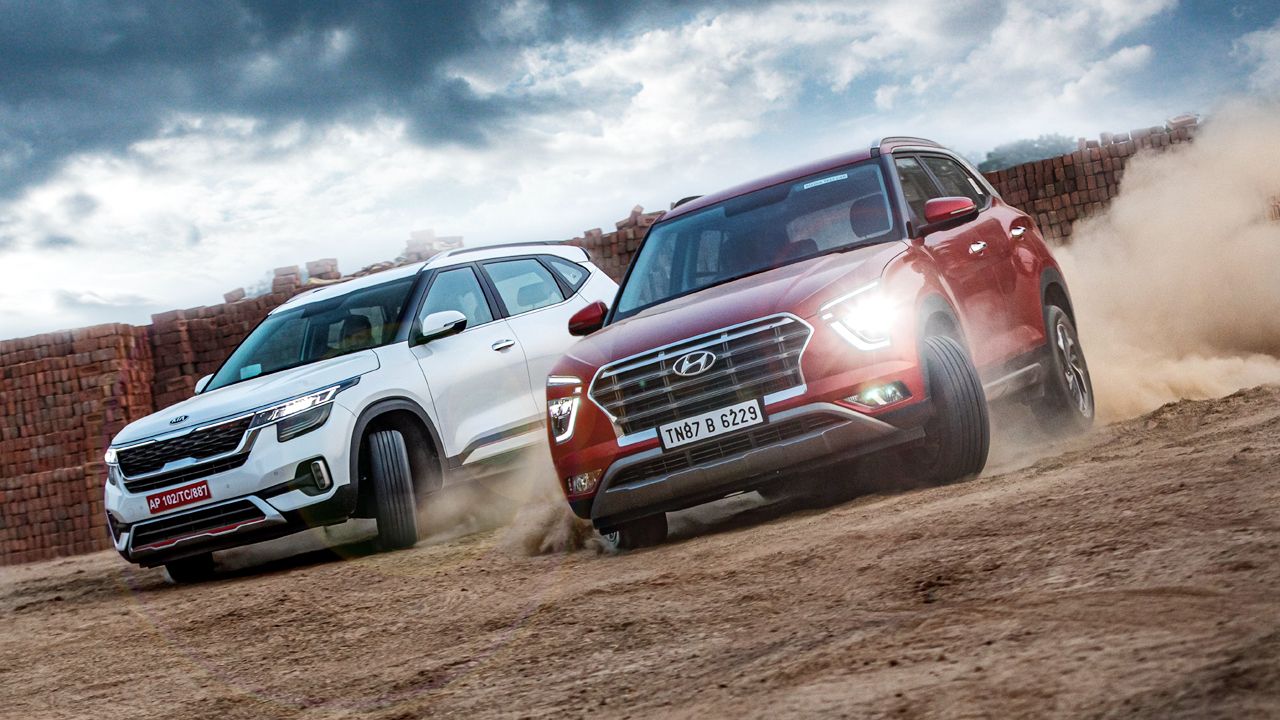
The Hyundai Creta’s uninterrupted reign in the Indian market was challenged for a time by the Kia Seltos. But now, with the launch of the second-gen Creta, the rivalry between these two sister brands has only gotten bloodier. So, which of these wins the title fight?
If you have a sibling, as I do, chances are that you know what it feels like to be compared constantly to your sibling. Whether it was performing at school, in sports, or even social behaviour, my entire early life was an unspoken competition. And this was even before I stepped out of the house to compete with the proverbial Sharmaji ka ladka.
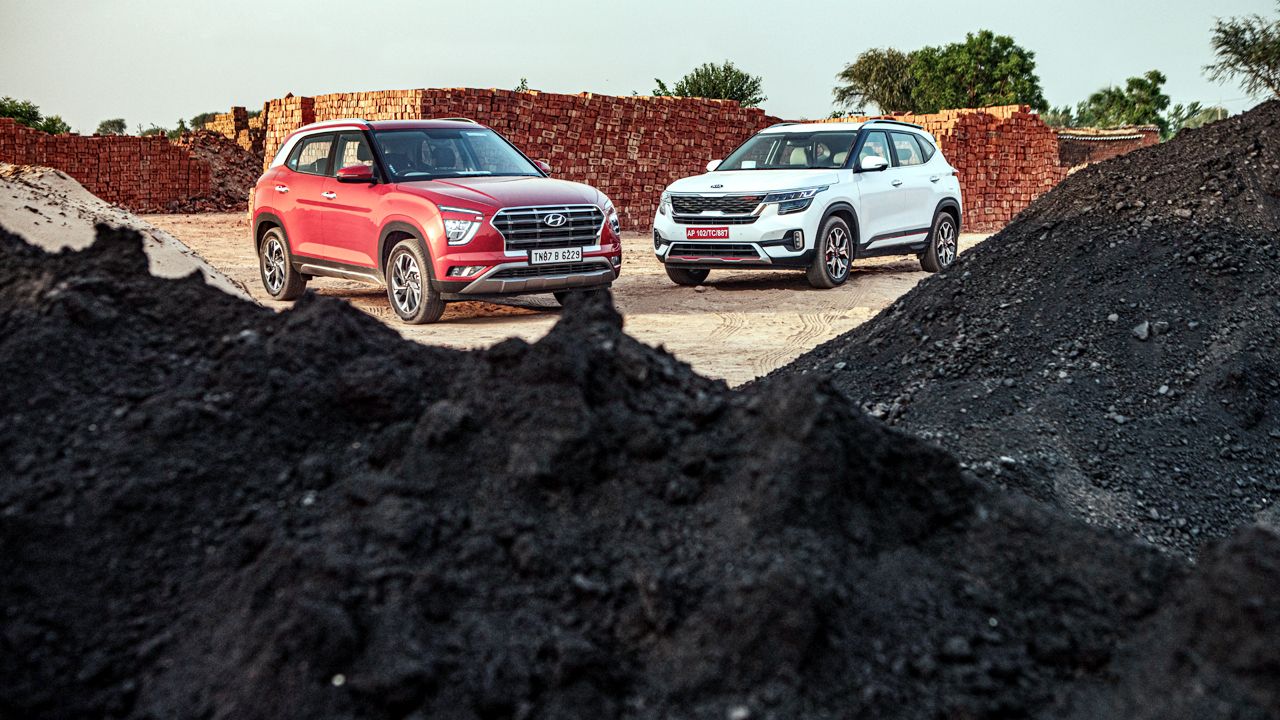
Sibling rivalry
And I suppose that’s how someone from the senior management at either Kia or Hyundai would feel when meeting an official at the parent company – the Hyundai Motor Group – for an annual review. Sure, what they’ve achieved counts, but what their sibling has done, most likely, counts even more.
So, you can well understand the fierceness of the competition between Hyundai and Kia – not just in India, but worldwide. In fact, in India, they both even have the proverbial Sharmaji ka ladka – a certain Japanese automotive brand, which just happens to be the leader of the market – to deal with!
High stakes
I think now is the time for me to point out that, in this competition between the Creta and the Seltos, the stakes are extremely high for both brands. For Kia, the stakes are as high as they get, because the Seltos is its first product in India and, therefore, simply must succeed. And I think the company would be very proud of not only the Seltos sales numbers to date but also the fact that Indian customers have quite easily and naturally adopted the Kia brand. No small feat, that.
For Hyundai, on the other hand, the stakes are high simply because of how important the Creta is for them. Indian customers have taken a fancy to the top variants of the Creta ever since it was launched in India – and that’s crucial because ‘top’ variants mean better profits for the brand. And with over 5 lakh units of the Creta sold already, it’s very important for the company to ensure that the Creta keeps bringing in the sales numbers expected of it.
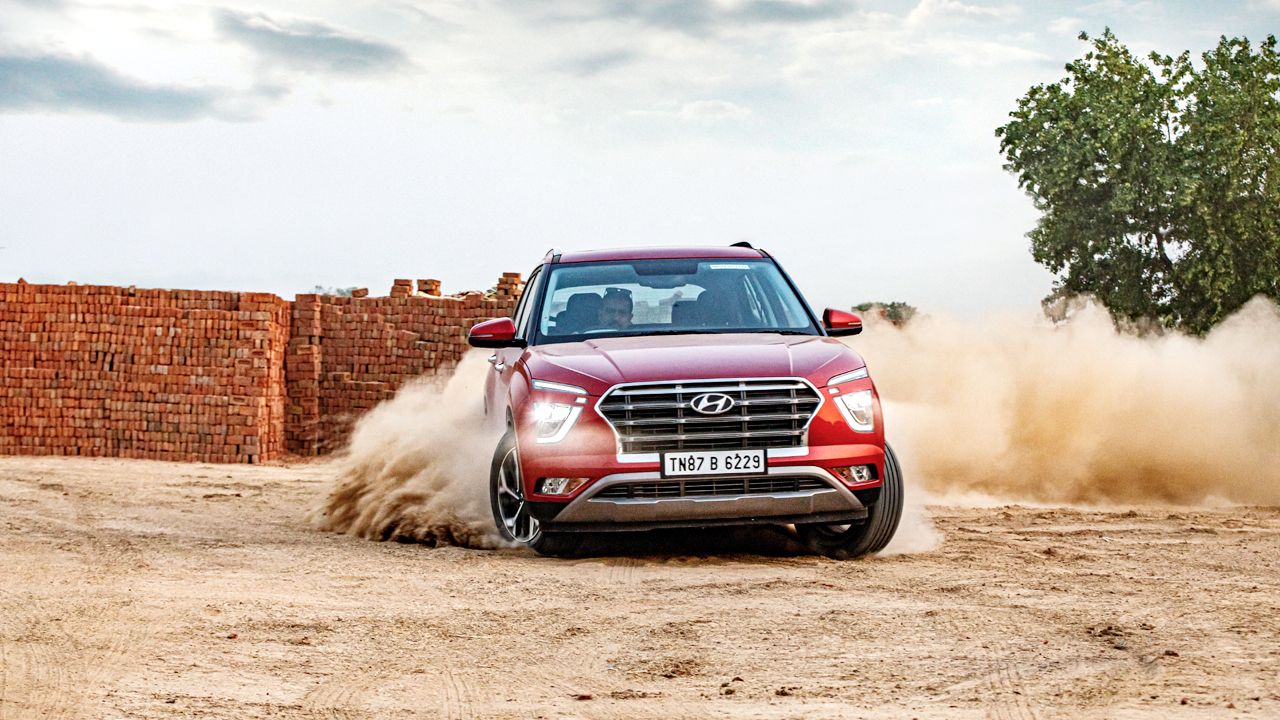
Under the skin
Now, here the distinction between the two becomes a little hazy, for both products share the same platform and powertrain choices, given that both Hyundai and Kia, despite being fierce rivals, operate under the same parent company. Consequently, both SUVs have the same wheelbase, and even their dimensions are pretty much the same. Sure, the Seltos is a tad longer and wider, but the difference is negligible and doesn’t really matter in the larger scheme of things.

In terms of powertrains, both SUVs offer three engine options. There’s the base 1.5-litre petrol, which is easily overshadowed by its 1.4-litre turbocharged sibling – easily the engine of choice for enthusiasts, with its 138bhp of power. The sole diesel offering, on the other hand, produces 113bhp of power and, more importantly, 250Nm of torque.
In the gearbox department, both siblings offer an unparalleled range of options. I’m sure producing so many versions of each SUV is a nightmare for the production engineers at both Hyundai and Kia, but still, both the Creta and Seltos are offered with an automatic option on all three engines. And if that weren’t enough – to add more to the production planning department’s woes – there are three different types of automatic gearboxes too!
But here, the Seltos has an advantage over its sibling – it offers the 1.4-litre petrol engine with both a manual and an automatic, whereas the Creta only offers that particular engine with an auto.
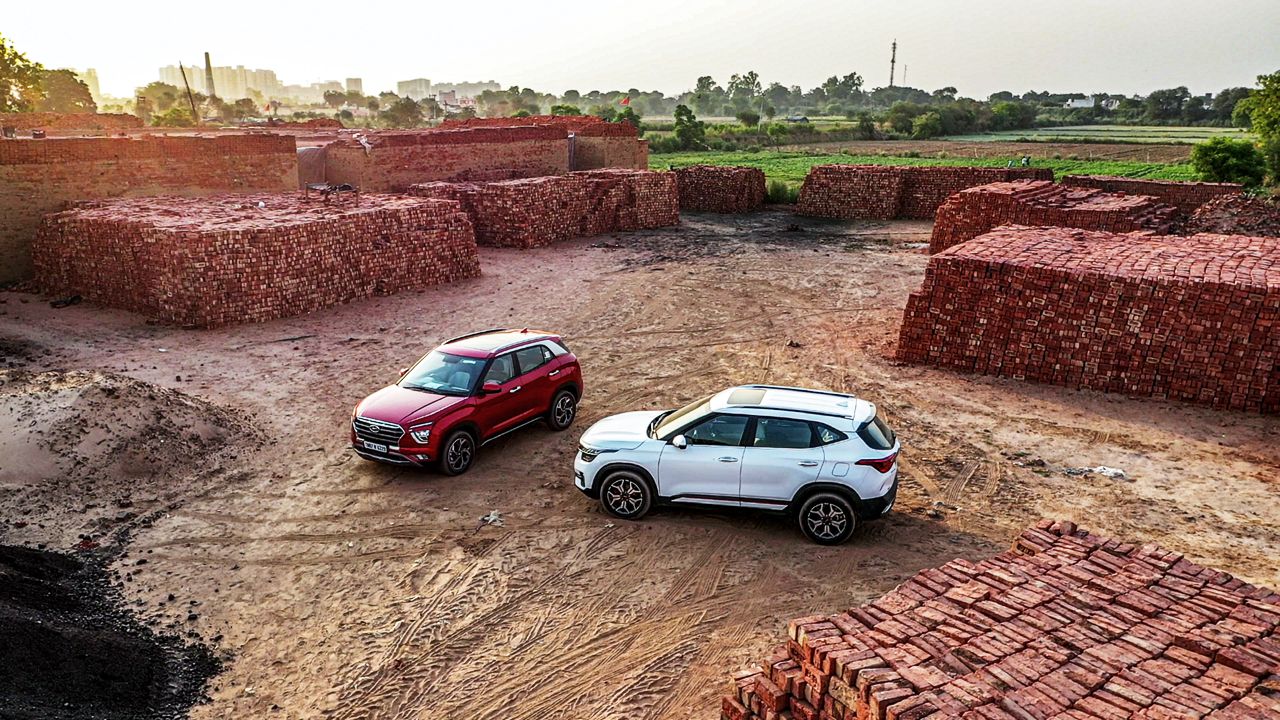
No family resemblance
In real life, the looks and features of a sibling often tend to take after one of the two parents – and can often appear completely unrelated to other offspring. It seems that the same is the case with the Creta and Seltos – visually they are both miles apart. But that’s not surprising at all, given the fact that the two companies run completely independent of each other.
Let’s discuss the Creta first since it’s the newer of the two. Its design approach is rather interesting. While the previous Creta was a crowd-pleaser, with its flat lines, sharp creases, and angular shapes, the new one has a more rounded approach – influenced by Hyundai’s international SUV line-up.
As a result, out goes the traditional front, which is replaced by a very distinctive three-layer headlight design. This is paired with a big grille that adds to the Creta’s road presence. The overall front design seems inspired by Hyundai’s Palisade SUV – its flagship SUV internationally. In profile, too, the Creta has unique touches, particularly the swollen rear haunches, which have been well integrated into the overall appearance.
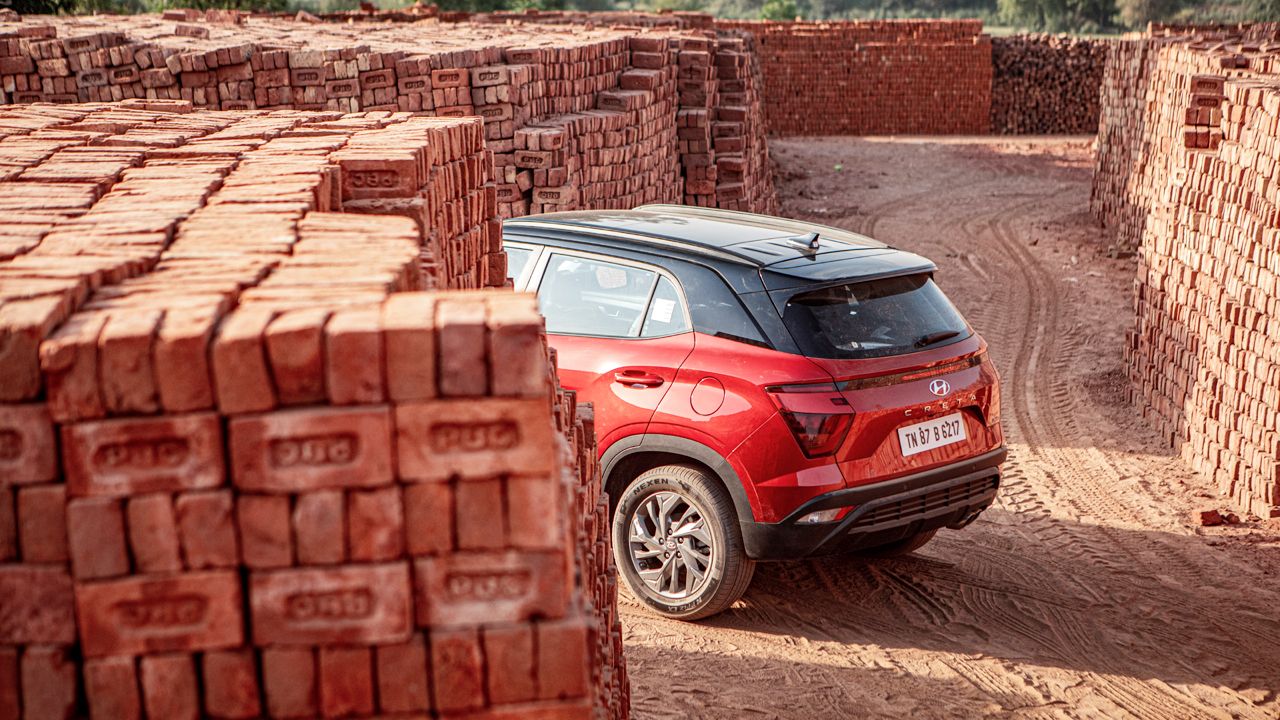
The rear end of the Creta, however, is perhaps the most polarising aspect of the whole car. Some elements of the design work quite well, such as the oversized Creta badging, which is well-executed, and the integration of the third brake lamp into the tailgate. But, the three- or even four-layer – if you count the bumper-mounted reversing light – taillight setup is certainly controversial. Here the colour options for the Creta also matter. As I’ve discovered, the unique taillight design looks much better with dark colours. In lighter colours, it can appear as though the designers went a bit overboard. Most people that we spoke with either loved or hated the Creta’s design. But I think that, stylistically, the Creta is quite edgy and unconventional.
Now, coming to the other sibling, I distinctly remember that, when the Kia Seltos came out, its design was considered quite unique in the segment. But, compared to the Creta, the Seltos actually looks quite traditional, in a way. The overall shape of the SUV is what you would expect, but I must say that some of the highlights of the Seltos – such as the shiny bits on the front and the grey and red detailing on the GTX versions – still make it quite a looker.
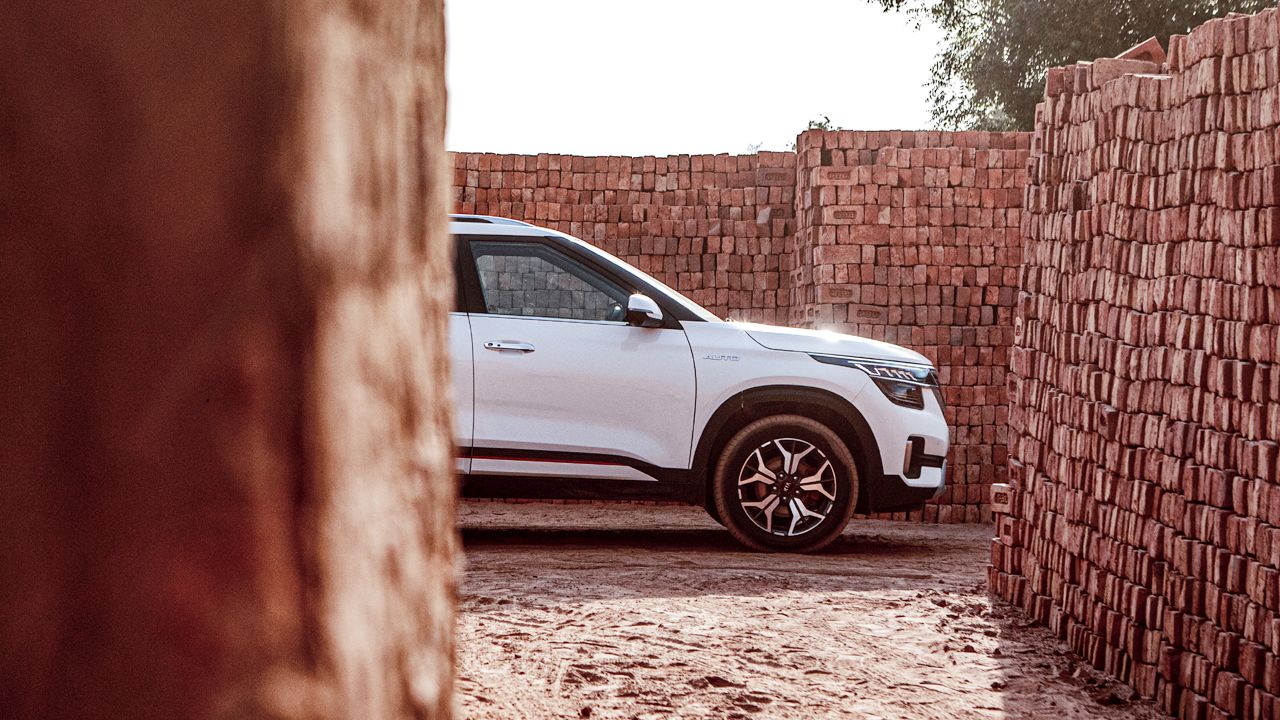
For most of us, the design of a product is always a subjective choice. Let me put it this way, if you’re the outgoing type, the Creta would make you stand out in a crowd. On the other hand, if you’re a bit more conventional, the Seltos would fit the bill for you.
Volte-face
In terms of the interior, both SUVs do a remarkable volte-face. Now, while the exterior design of the Creta is edgy, the interior is traditionally Hyundai and would make any existing Hyundai customer feel quite at home. The integration of the 10.25-inch touchscreen multimedia system is also quite well done. The interior has a nice clean look to it, with very few switches on the centre console.
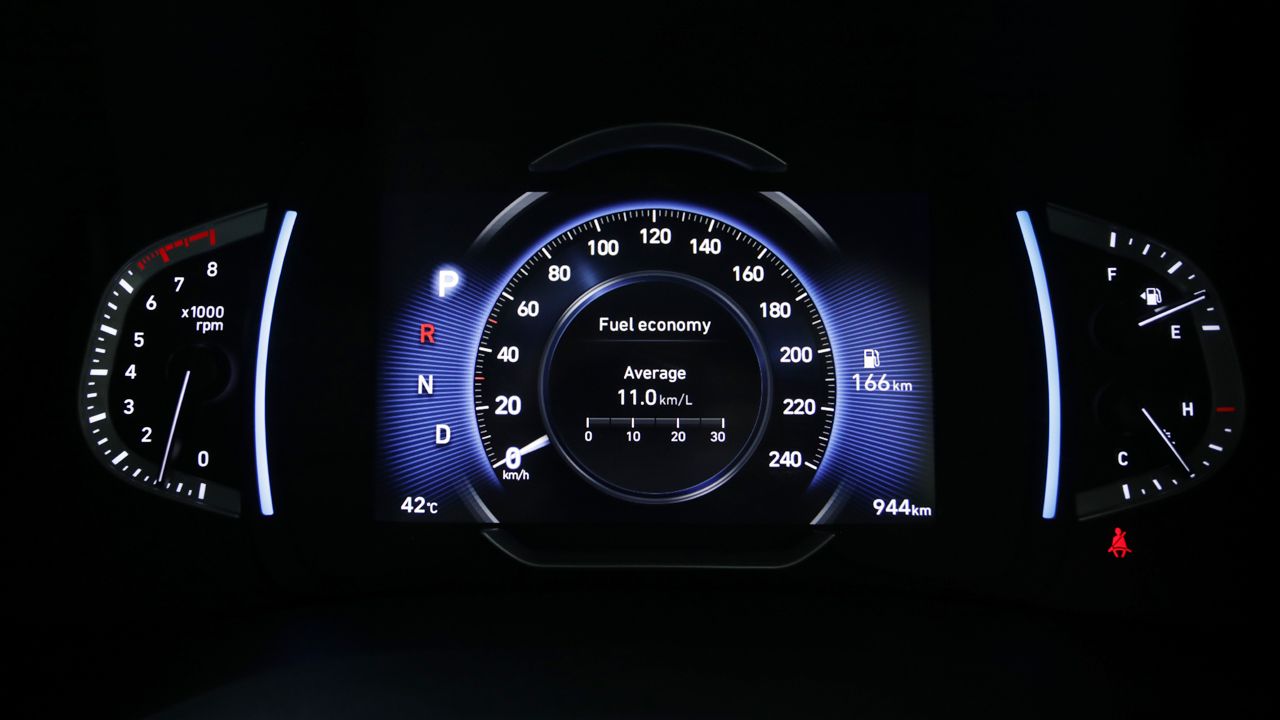
The Creta also offers a large 7-inch multi-information display in the instrument console, which means that information such as the speedometer, range, are odometer are digitally displayed. But you still get an analogue tachometer, fuel gauge, and engine oil temperature gauge. Quality-wise, the Creta also feels very well built, with soft-touch surfaces and well-damped controls. In fact, I would say that, in terms of quality, the Creta and the Seltos are almost evenly matched.

The Seltos’ interior design, on the other hand, is rather unconventional. The 10.25-inch touchscreen here is mounted almost on top of the dash, while there are a lot of associated controls on the centre console. The layout feels even more radical when you realise that it doesn’t have a physical volume control – a familiar gripe of mine.
Neck-and-neck
If only you knew the kind of effort that Hyundai and Kia both put into market research and weighing their competitors closely, you’d realise that comparing the features of the Seltos and the Creta would make for a fascinating study.
When the Seltos was launched last year, it radically changed the game with the amount of equipment and the long list of standard features it offered. It was the first car in its class to offer a Bose audio system, a Head-Up display, ventilated front seats, and much more. But there were also a few shocking omissions – for instance, the lack of steering-mounted paddle shifters.
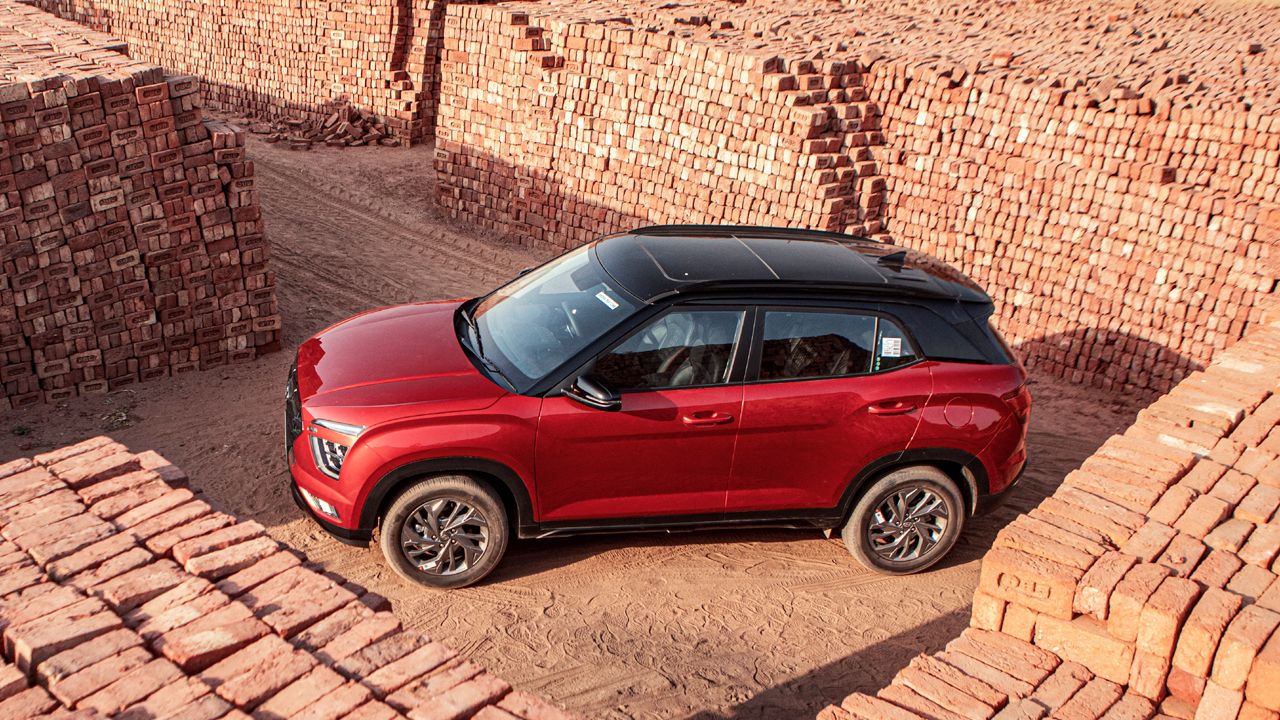
Now, with the Creta, Hyundai has one-upped the Seltos by introducing steering-mounted paddle shifters, as well as a physical volume knob. And it’s gone even further with the introduction of a panoramic sunroof – something that Indian customers absolutely love, even though I think it’s not the best idea, given our sizzling weather. The Creta also gets an electronic parking brake, with an auto-hold function, which is quite useful in stop-start traffic.
Of course, the Seltos still holds a couple of aces up its sleeve, such as front parking sensors and a camera, as well as its 360-degree camera, which is a blessing while parking in tight spots. But, I think, one of the best features of the Seltos is its blind spot assist, which uses cameras mounted in the outside rear-view mirrors to project the blind spot on the screen in front of the driver. Needless, to say it’s incredibly useful in our conditions.
Performance matters
So far then, objectively, there’s very little reason to pick one over the other. Both SUVs are very evenly matched in terms of features, engine choices, and even variants. But things change drastically when you start driving these two SUVs to see if the same platform and running gear make the siblings behave in a similar manner on the road. Well, the simple answer is no – these two are as different as chalk and cheese when on the move.
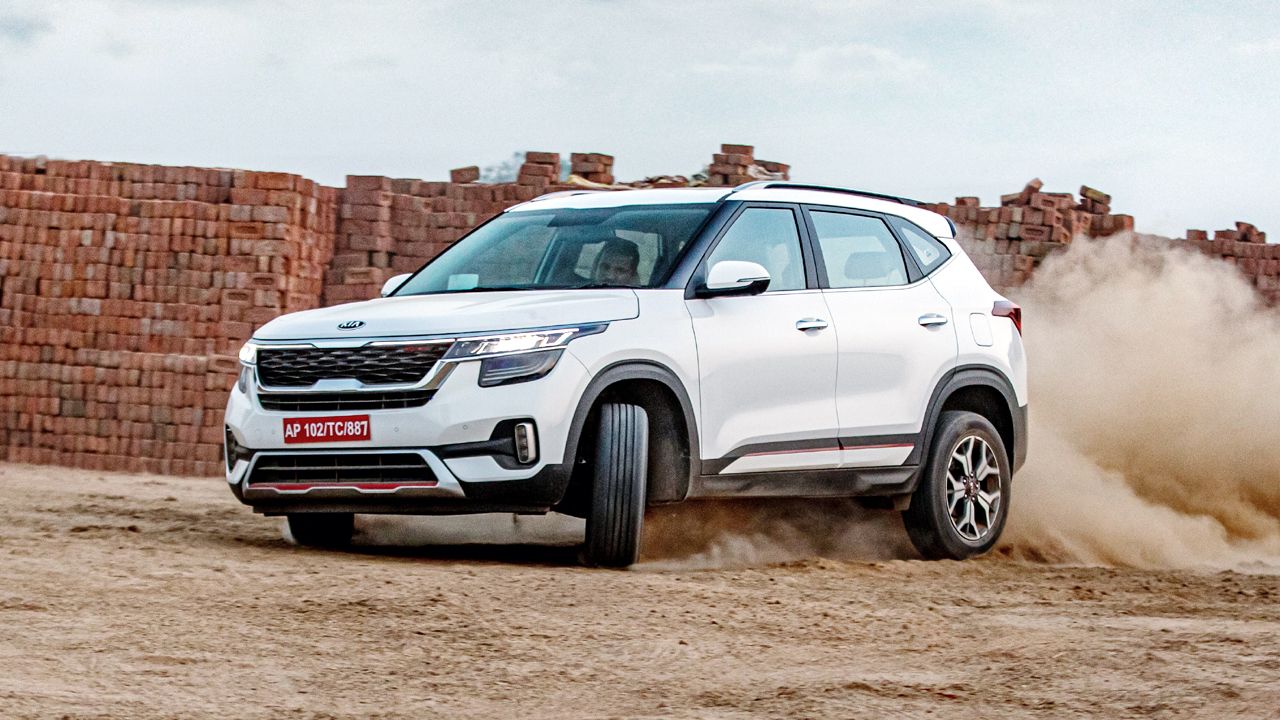
Right from the moment you get going, the Seltos feels a lot more aggressive, whether it’s in regards to the handling or the suspension setup – which means that it’s quite nice around corners, with well-controlled body roll. The overall ride quality is a bit on the stiffer side though. As a result, you really enjoy driving the Seltos aggressively, even though you do miss paddle shifters – particularly with the 1.4-litre engine.
If there’s one thing that really annoys me in the Seltos though, it’s the height of the driver’s seat. For some reason, even in its lowest setting, it seems far too high for my liking, and I always get the feeling that I’m sitting on top of the SUV rather than in it.
The Creta is the polar opposite in terms of driving feel. The complete suspension setup of the Creta is tuned towards comfort, and you can feel that in its body roll when driving aggressively. The trade-off, of course, is that the Creta’s ride quality is superior to the Seltos, especially over really broken patches of road. Paired with both diesel and petrol engines, the paddle shifters of the Creta make the drive really engaging, giving you a lot more control over the gearshifts.
Favourite child, then?
And this brings us to the ultimate question that has bugged many parents for ages – which one is your favourite child? Well, while I don’t have to deal with that question in my personal life, I do think it’s a really tough one in the case of the Creta and Seltos. Both are cutting-edge vehicles that offer the best range of features to Indian customers, backed by brands that are clearly very popular and well appreciated in the market. And the fact that the price difference between the two is too minute to be really considered a factor doesn’t help at all.
The choice, then, in my opinion, boils down to two factors – the design and the driving feel. If you’re someone looking for a vehicle with a unique and edgy design, the Creta is perfect for you. But, if you're someone who prefers a more conventional, but yet modern, design language, go for the Seltos.
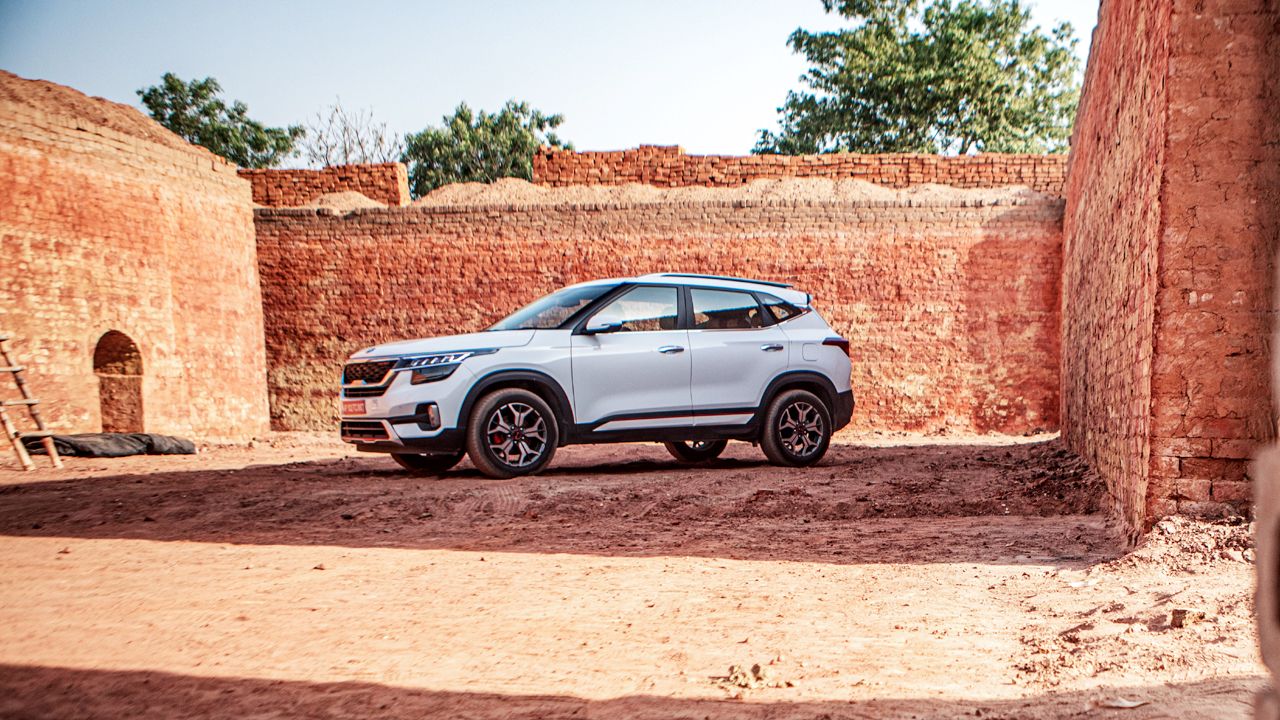
And if you’re the kind who puts driving appeal before anything else, I would suggest the Seltos over the Creta. The Creta, on the other hand, is a clear winner in terms of ride comfort.
Ultimately, despite the intense competition between the Creta and the Seltos – the two largest selling vehicles in their segment – you simply can’t go wrong with either of them. Choosing one over the other is simply a matter of personal preference. And the fact that two of the fiercest competitors are also joint toppers of their class is fantastic for Indian customers. Because, no matter which one you choose, you’d pick a winner.
Read more:
Kia Seltos vs Hyundai Creta vs MG Hector vs Tata Harrier: Comparison
Engine: 1,353cc / Inline-Four / Turbocharged
Fuel: Petrol
Transmission: 7-Speed Dual-Clutch Automatic / Front-Wheel Drive
Power: 138bhp @ 6,000rpm
Torque: 242Nm @ 1,500 – 3,200rpm
Price: ₹16.16 - 17.20 lakh (Ex-Showroom)
X-factor: The new Creta is all grown up! It not only comes with added maturity but also more features.
| Pros • Excellent ride • Fully-loaded | Cons • Polarising design |



.webp)
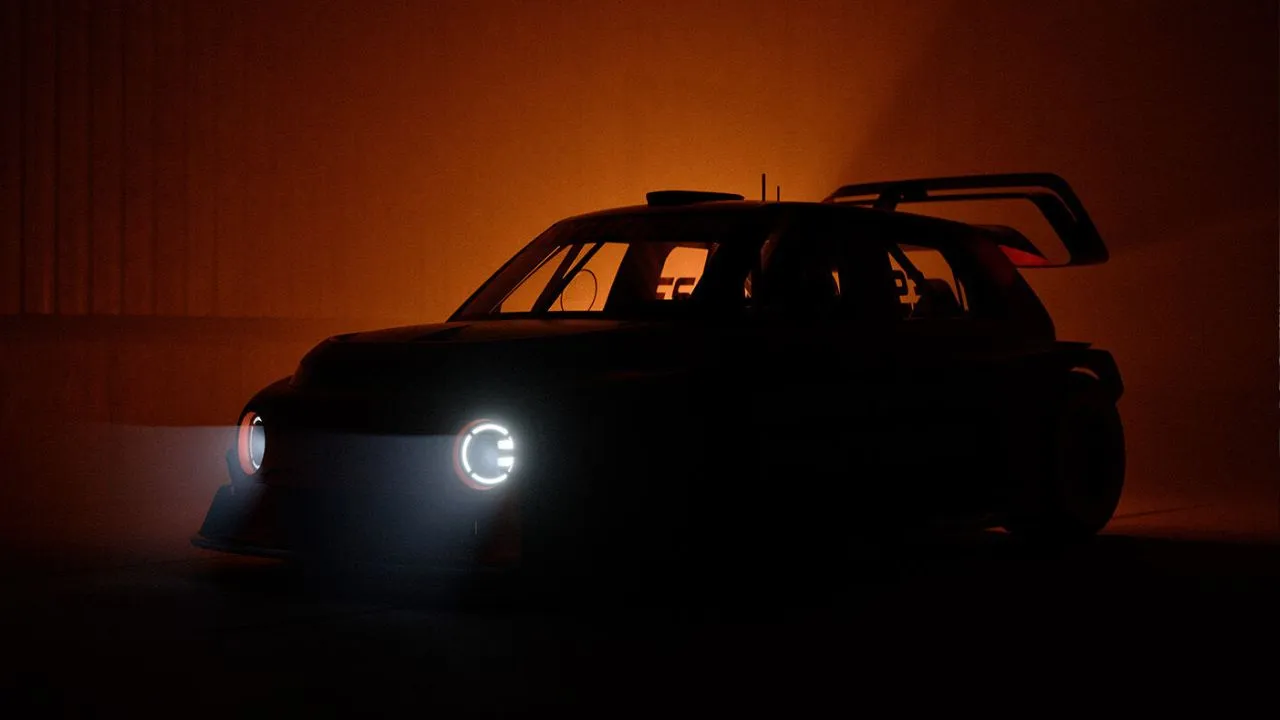

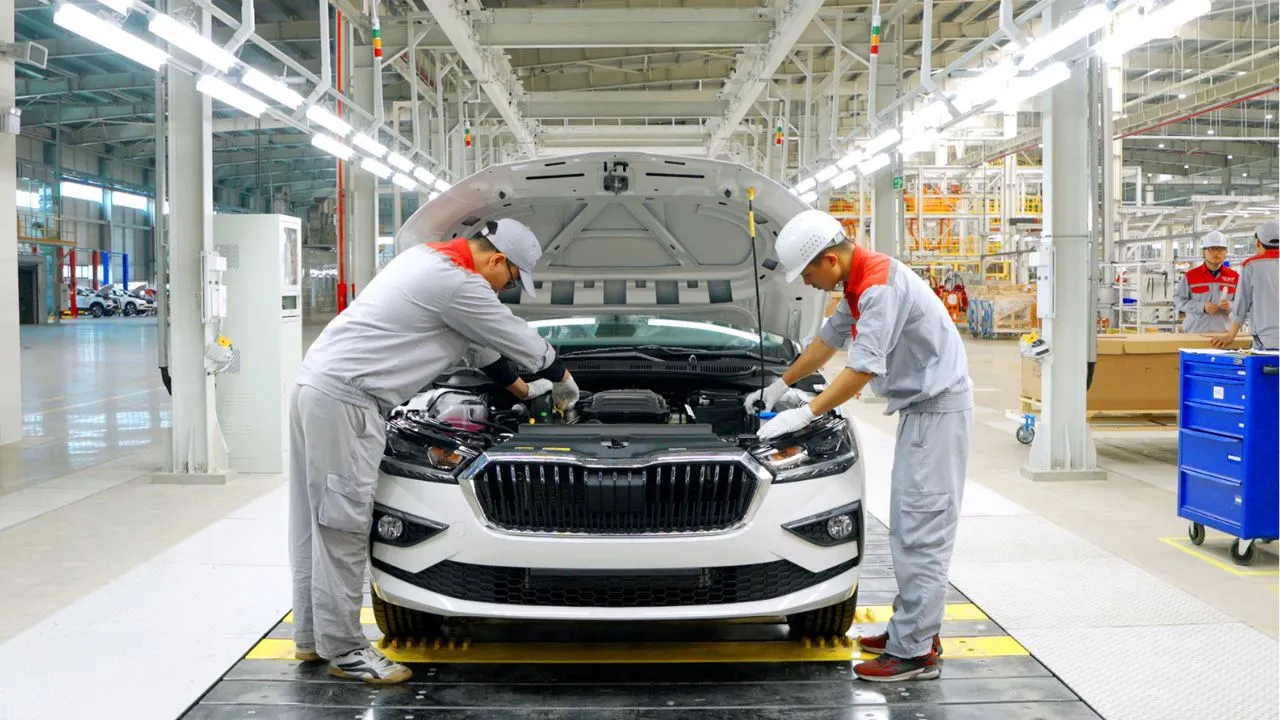
.webp)
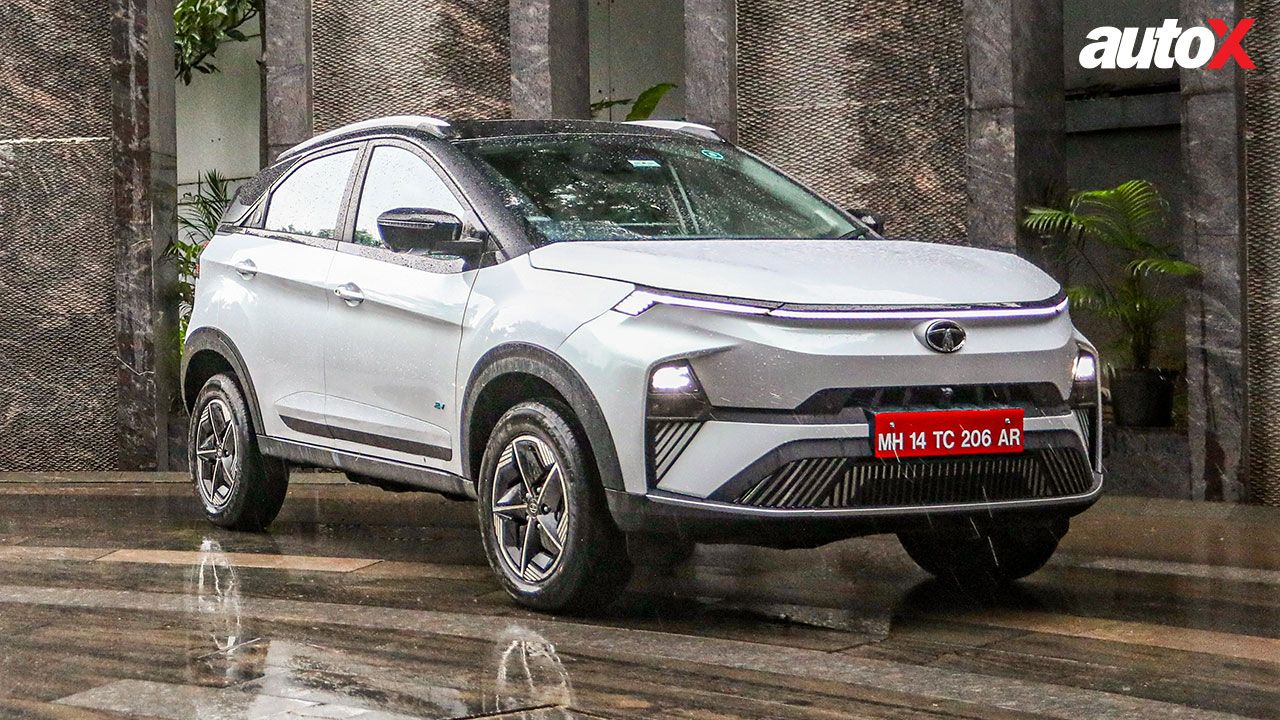














Write your Comment on